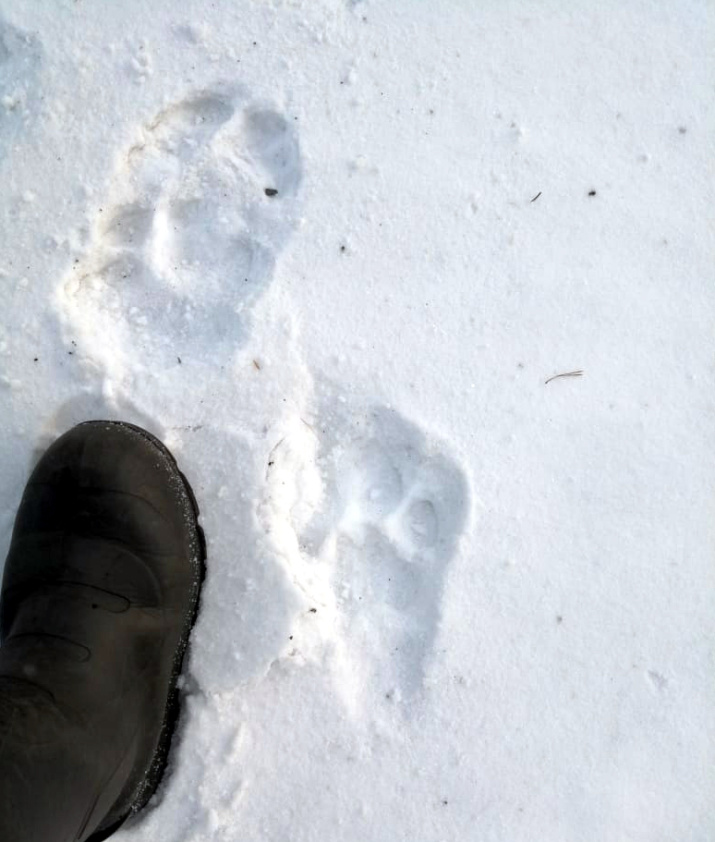Tigress Amba, who underwent rehabilitation in the summer of 2021, returned to Russia from a four-month walk through China. Scientists from both countries followed her 600 km long journey. The Amur Tiger center noted that such observations will allow for the relocation of rare predators from unfavorable areas in the future without harm to animals and safely for people.
Scientists monitor the Amba using a collar with a data transmission module via satellite communication channels. In China, she moved slowly: on average, about 4.5 km per day. Given the tigers' love of long marches, this is a very slow pace. It is noteworthy that the female never repeated her route, all the time choosing a new path.
The tigress returned to Russia on the eve of the New Year. Her tracks were found near the village of Dzhalinda in the Skovorodinsky district of the Amur region.
— Now Amba is moving along the Amur River towards the Shimanovsky district, where the male tiger is already located. The probability of meeting animals is quite high," said Valery Pogasiyenko, deputy head of the Amur Department for the Protection of Wildlife.
Considering that Amba is now more than 10 years old, a meeting with a male may be one of the last opportunities for her to bring offspring. Another "tiger wedding" will additionally confirm that the Amur Region has become a region within the range of the Amur tiger. In December, for the first time in the history of observations, the presence of a female with a kitten was recorded here.
Amba was temporarily removed from the wild in the Khasansky district of Primorsky Krai in April 2021. The reason for the capture was the predator's attacks on dogs. At first, they just tried to scare the animal away, but this idea failed. The aggressive tigress had to be sent to a rehabilitation center.
Veterinary examination and observation of Amba showed that the female was experiencing severe stress due to the loss of cubs. It is very likely that people became the cause of the tragedy. After successful rehabilitation, the predator was returned to freedom near the place where it was found before capture.
Since returning to the wild, Amba behaves calmly, without creating conflict situations. Several times she met with a man, but always in these cases she tried to hide.
"The cross-border crossings of tigers and their subsequent safe stay in the adjacent territory for a long time suggests that our Chinese colleagues are also successfully working to protect rare cats and restore their food supply. This once again confirms the importance of the International Tiger Forum held in 2022 and the relevance of such topics as translocation and cross-border cooperation, which were discussed at it. According to existing forecasts, the number of tigers that will need to be relocated (translocated) from the territories where business activity begins will grow from year to year. The scientific data that Amba continues to depict will allow specialists to carry out this procedure at an even higher level and thereby ensure the safety of both tigers and people," said Sergei Aramilev, General Director of the Amur Tiger Center.
Since 2010, the Russian Geographical Society has been supporting the Amur Tiger project, which aims to study the state of the population, develop scientific foundations for the conservation of this rare predator, and attract public attention to the problem of its survival in Russia. Also, since 2011, the RGS has been actively involved in projects to restore the population of the Amur leopard.


